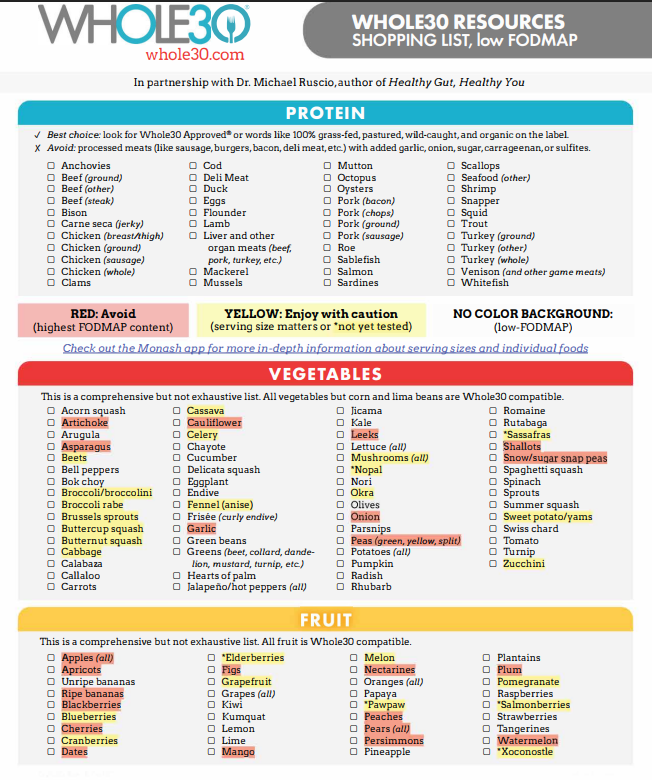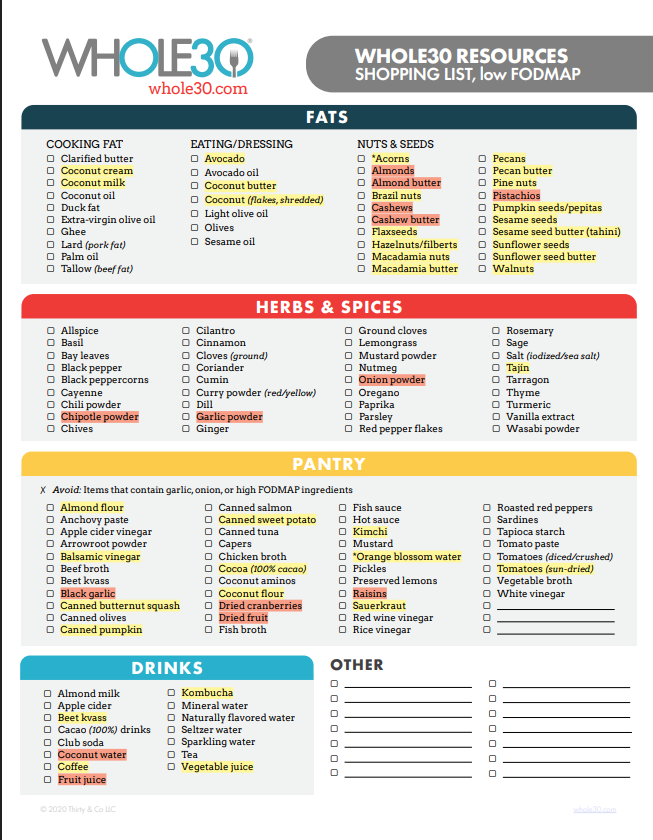Are you struggling with gut health? do these 3 things!
I struggled with gut issues for most of my late teens and early twenties. It was gas, bloating, and nausea that escalated to full blown GERD. These were accompanied by headaches, inflammation, stress, fatigue, and poor recovery. As an athlete, these were detrimental to my athletic career. Later on, this symptoms would be detrimental to my life. I tried working with doctors to no avail. I was pushed pill after pill that lead to side effects that made me feel even worse, so I took things into my own hands and experimented with myself as the lab rat. I finally found an approach that helped me heal my gut and relieve my negative symptoms.
Heres what I did to reset my gut, fix my digestion, lower my inflammation, and improve my well-being
Eliminate
Test
Rebuild
#1 Eliminate
The first step to improve your gut health is to eliminate problematic foods. Problematic foods include things like: tomatoes and tomato sauces, nuts and seeds, chocolate and other sugary foods, grains and breads, garlic and onion, eggs and dairy. These foods tend to be problematic for the gut to digest because they have compounds called anti-nutrients that hinder digestion. Anti-nutrients, put simply, are compounds in foods that disrupt the absorption of nutrients. They are essentially plant defense chemicals. If you think about it, it’s like how a lion has sharp teeth: you attack it, it bites you. Or how a deer can run and jump really efficiently and quickly. These are modes of defense. Plants, like animals, need to defend themselves or face extinction. A plant can’t run, jump, or bite.
So instead, it produces chemicals that can disrupt digestion which deters a passerby from eating them. Some plants produce poisons to deter, others produce anti-nutrients, which in some ways, are poisonous to the consumer. There is another hard to digest class of foods called FODMAPs, or fermentable oligosaccharides, disaccharides, monosaccharides, and polyols. These are short-chain carbohydrates that are poorly absorbed in the small intestine which leads to fermentation in the colon. Essentially, they ferment in the colon which leads to the production of gas which can lead to digestive distress. The most common side effect of consuming these type of foods frequently is bloating and abdominal discomfort.
You don’t necessarily need to know what foods contain what anti-nutrient and/or FODMAP, you just need to know why certain foods can cause digestive distress. This will allow us to cut these foods out for a period of 2-12 weeks (the more severe your digestive distress, the longer you should eliminate these foods). Below are three elimination diet options for people at varying stages of digestive discomfort.
Level 1: some discomfort, but not a huge disruption to your well-being
If you suffer from some discomfort that is relatively minor, this is the place to start. All you need to do here is follow the Whole30 diet, which is essentially all whole foods with a few exceptions. Whole foods allowed on this elimination diet are as follows: Unprocessed meats (beef, chicken, pork), Seafood (preferably wild caught), some nuts and seeds, eggs, some plant oils (olive, coconut, and avocado), all animal fats (most should limit butter), black coffee and tea, most fruits and vegetables (see the table below for which fruits and vegetables to avoid). Foods that are not allowed on this diet include: grains and legumes (bread, pasta, beans), most dairy products, added sugars (yes, even your morning Dunkin coffee with caramel swirl), alcohol, takeout in general. See the chart below for the full printout of the Whole30 diet foods.
LEvel 2: Moderate discomfort, disruptive to your well-being
If your discomfort is more mild to moderate, then you should move up from level 1 to level 2. Level 2 is the Paleo Autoimmune Protocol. The Paleo AIP is a step up from whole 30 and reduces even more problematic foods like nuts, eggs, and butter. This further limits the anti-nutrients and FODMAPs you consume which can be more beneficial for people with more gut distress. Below is a list of Paleo AIP foods you can and cannot eat.
LEvel 3: Severe Discomfort, very disruptive to your daily well-being
This is where I ended up having to go in my personal healing journey. I was diagnosed with Gastroesophageal Reflux Disease (GERD) and suffered from daily acid reflux, nausea, gas and bloating, and more. I tried both the Whole30 and Paleo Autoimmune Protocol and saw some incremental improvements, but needed more healing. Level 3 is the Carnivore Diet. For many, this sounds completely crazy, hell 4 years ago when I read about it myself, I thought the same thing. But then I tried it, and a years worth of suffering ended within a matter of a week (most symptoms disappeared after 3 days). The carnivore diet is essentially only animal foods, no plant foods allowed (a few exceptions). This is said to be the most healing diet because it eliminates all anti-nutrients and FODMAPs completely, giving the gut a total reset. The base diet is just beef, water, and salt. But there are variations for those who need a bit more variety. If tolerable you can have: other meats like chicken, pork, and seafood; dairy products like milk, cheese, and butter (preferably all raw, not pasteurized); and some people even include a little bit of honey (this is a huge area of debate amongst carnivore diet followers because it’s technically an animal product, but that product is essentially bee vomit). This diet has also been shown to lower inflammation, improve cognition and memory, lessen symptoms of depression and anxiety, reduce joint pain, and even greatly reduce diabetes type I and II symptoms. See below for a complete list of carnivore diet foods.
#2 Test
After following step one for 14-90 days (depending on severity of symptoms), it’s time to test some of the problematic foods and see how you react. The biggest thing you need to remember for this step is to test ONE THING AT A TIME. For example, eat white potatoes with one meal and note how you react while eating, an hour after, two hours after, the next day, then 2-3 days later. It seems crazy that a food could effect you for 2-3 days after eating it, but it can cause inflammation for two or more weeks for some individuals. I have had this happen to me countless times in my health journey, just recently, around Christmas time I ate my fair share of homemade chocolate… well that led to 3 or 4 days of inflamed trapezius muscles in my upper back and neck, headaches, brain fog, and fatigue. So don’t just look for digestive distresses like nausea, bloating, acid reflux; also look for: brain fog, sore muscles, swollen knuckles or toes/feet, headaches, inflammation, etc.
In summary:
Test one “problematic” food at a time
Note any symptoms associated with poor reactions to problematic foods
Nausea, bloating, constipation or diarrhea, acid reflux or heart burn
Inflammation, swelling, sore or weak muscles, poor recovery
Poor sleep, brain fog, poor cognition, low energy, fatigue
Wait 1-3 days before testing a new food
Repeat
#3 Rebuild
Once completing the testing period, now you rebuild your diet based on the foods you react positively to and eliminate the foods you react negatively to. If you react poorly to a certain food, it doesn’t necessarily mean you can never have that food again, it just means that you need to really limit it. But you also need to outweigh the pros and cons of eating that food. For me for example, white potatoes cause wicked inflammation in my trapezius muscles which lead to tension headaches: and I freaking hate headaches. So for me, eating white potatoes is not worth the negative side effect. Same for chocolate… I know, life without chocolate, miserable, right? Honestly, since eliminating it for a large chunk of time, I don’t crave it at all anymore. And when I eat it, it’s never as good as it used to be.
It can be hard to eliminate foods that you have been eating your whole life, but once you notice the positive benefits of avoiding problematic foods, you’ll never want to go back to consuming them. One of my favorite nutrition quotes is from Stan Efferding, a nutritional and performance coach for athletes like Philadelphia Eagles tackle Lane Johnson and UFC fighter Jon Jones, he said “You aren’t what you eat, you are what you digest.” And this couldn’t be more true. Foods that are indigestible to you are what lead to the negative side effects, the foods you digest are the ones that lead to the positive effects.
This is the 3 step process I used for healing my own gut and adjusting my diet to work best for me. And the benefits have been amazing. My GERD (Gastroesophageal Reflux Disease) has been completely reversed, my inflammation is low, headaches are rare, stress levels are much more manageable, and more. I highly recommend following this protocol regardless if you experience symptoms infrequently or regularly, because learning how to adjust your diet to work for you is integral to improving your overall well-being and health.



